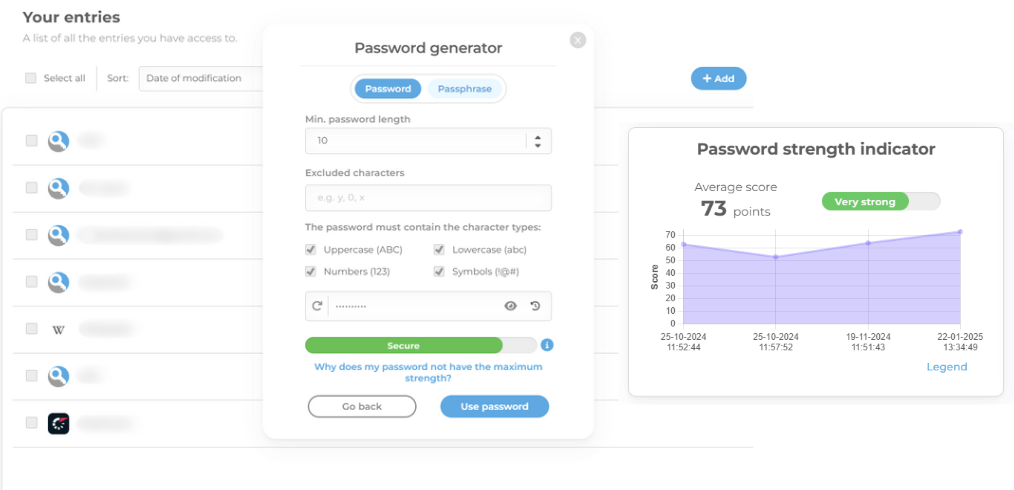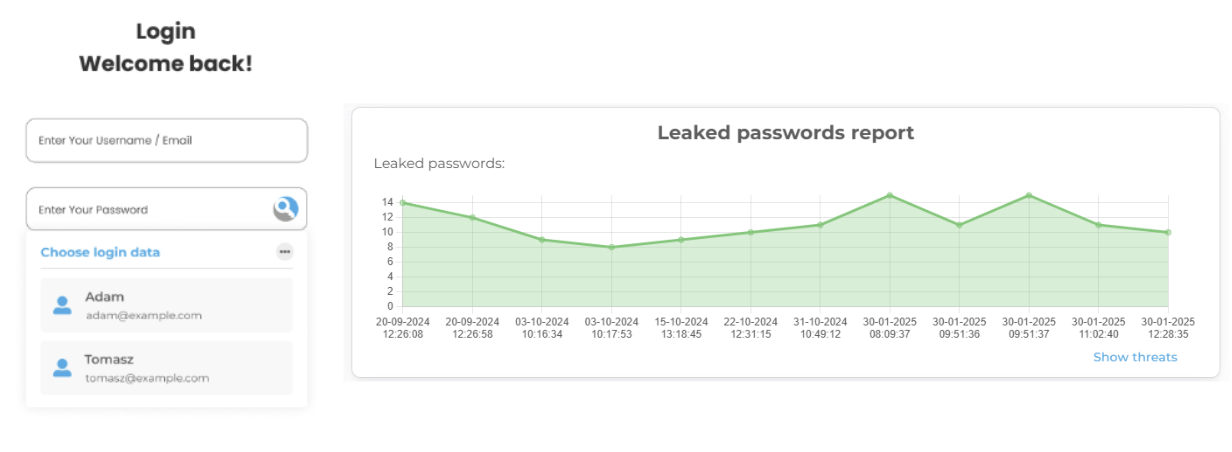Phishing is one of the most common threats businesses worldwide face. According to a report by Proofpoint, as many as 71% of surveyed organizations have experienced at least one successful phishing attack. Moreover, the cost of a single attack can reach hundreds of thousands of dollars, considering financial losses, reputational damage, and the time required for response.
What Is Phishing?
Phishing is a modern form of fraud in which cybercriminals impersonate trusted entities to steal confidential data. The primary goal of phishing is to exploit social engineering techniques to manipulate victims into voluntarily taking actions that grant attackers access to systems or accounts.
Given the constant rush, information overload, and lack of time for verification, phishing techniques are widespread and continuously evolving. A momentary lapse in judgment—triggered by trust, fear, or time pressure—can expose organizations and individuals to significant risks. The most commonly used phishing techniques include:
- Fake emails – Messages resembling correspondence from banks, government agencies, service providers, or colleagues, containing links to fraudulent websites or malicious attachments.
- Deceptive websites – Pages designed to mimic legitimate websites so closely that they appear indistinguishable at first glance.
- SMS messages and phone calls – Communications where cybercriminals request users to click on a link, call back, or provide sensitive data.

Phishing vs. Threat Awareness – The Foundation of Cyber Resilience
The key to phishing prevention is ensuring every employee is aware of the risks. Even the most advanced security technologies will not help if employees continue opening suspicious attachments or clicking on links leading to fake login pages.
Building cyber hygiene—establishing good practices and habits for responsible technology use—should be a priority for every IT leader. Unfortunately, due to overwhelming workloads, this task often remains deprioritized.
Today’s digital landscape offers a variety of ready-made solutions to support cyber hygiene and awareness-building. Some of the most effective include:
- Training programs – Educating employees on phishing risks and preventive measures from the outset.
- Behavior monitoring systems – Identifying individuals who bypass security measures or resist changes, not to punish them, but to understand their reasons and implement corrective actions.
- Up-to-date security standards – Clearly defined guidelines specifying what actions should be taken to maintain organizational security.
- Technological solutions – Including password managers, which not only secure login credentials but also streamline team collaboration
Password Managers as a Protective Shield

A password manager is an often-overlooked tool in phishing defense. While it does not eliminate phishing directly, its proper use can significantly reduce the risk of successful attacks and mitigate their potential consequences.
According to the report „Cyberportrait of Polish Business„, nearly 29% of users reuse passwords across multiple platforms, meaning that if one credential is compromised, attackers gain access to multiple accounts, including corporate ones. The perc.pass password manager eliminates this risk by generating unique, strong passwords and securely storing them while enabling secure password sharing within an organization.
Another key advantage of perc.pass is its ability to detect suspicious websites. The manager will never autofill login credentials on an unrecognized site, prompting users to carefully examine the URL for potential phishing attempts.
Additionally, users can check whether their credentials have been exposed in known data breaches. If a password appears in a compromised database, it should be changed immediately to prevent unauthorized access.

A Comprehensive Approach to Security
Phishing is a rapidly evolving threat that requires a multi-layered defense strategy. Combining employee education, security tools like password managers, and regular security audits is the most effective way to minimize risks.
In a world where cybercriminals continuously refine their tactics, awareness and the right tools are the keys to security—both for small businesses and large enterprises.



